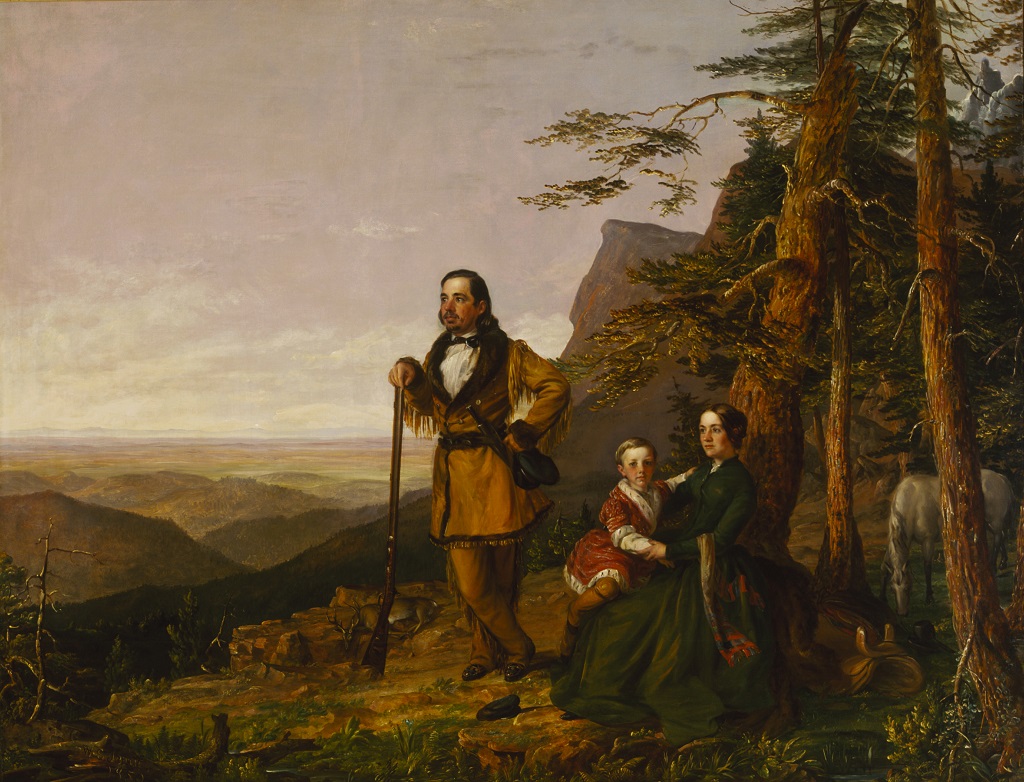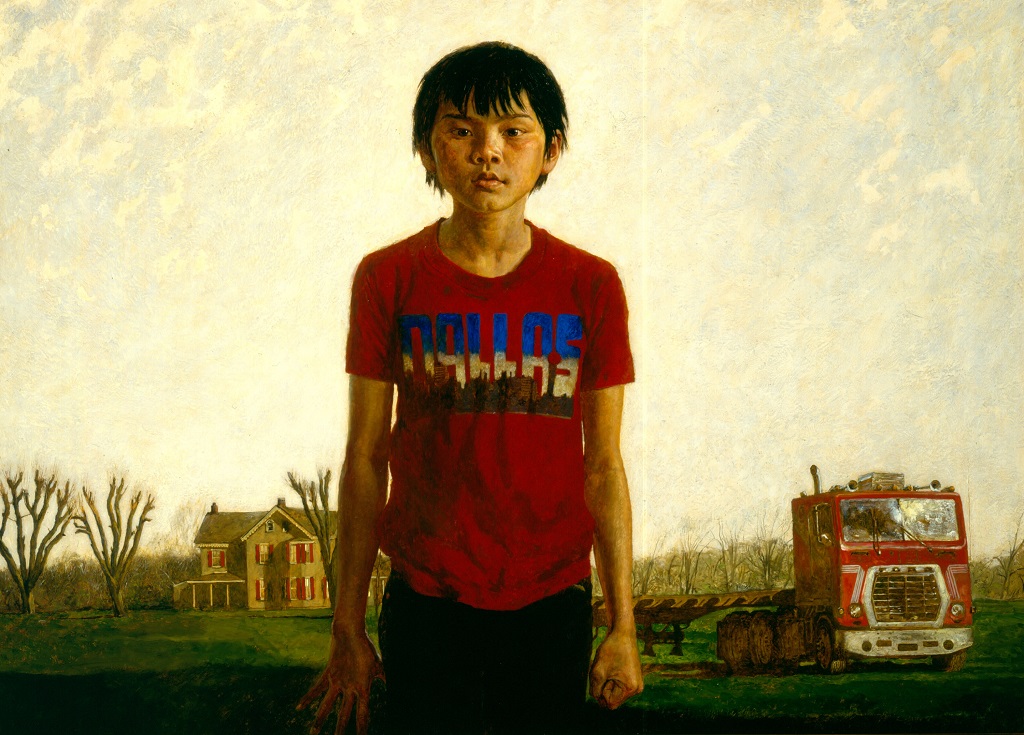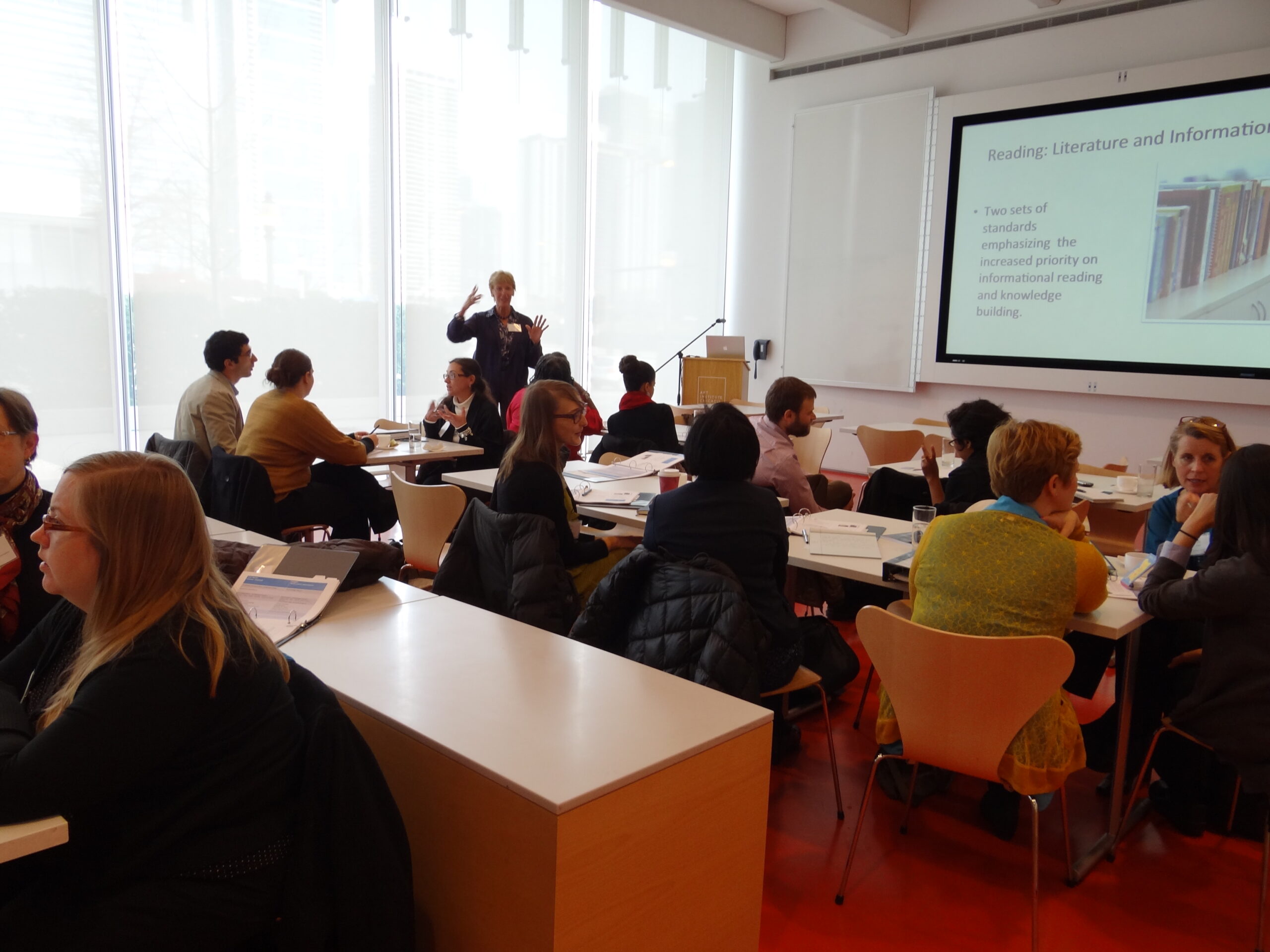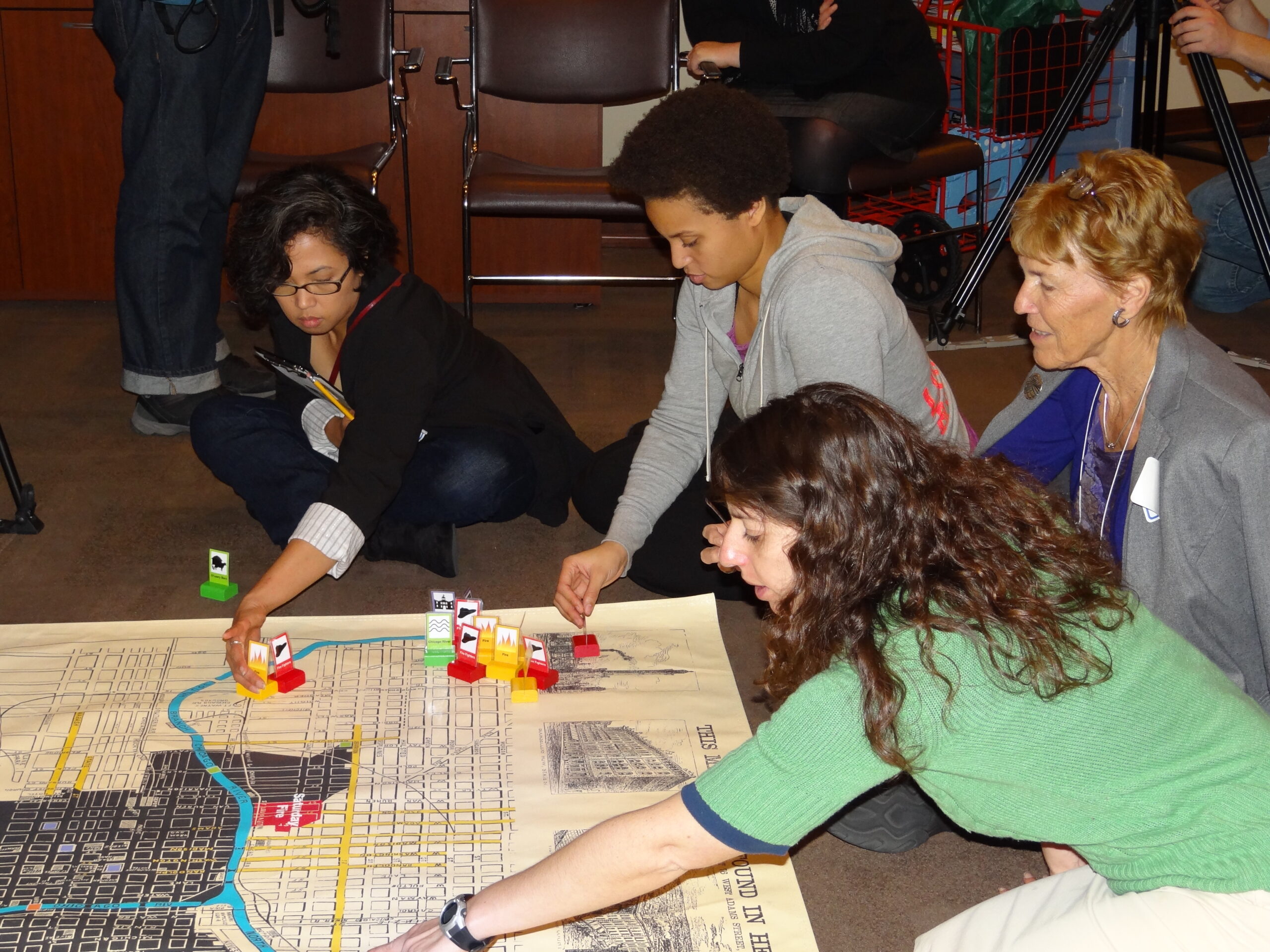Using RAFT writing strategies with artworks
The RAFT (Role, Audience, Format, Topic) writing strategy, developed by Santa, Havens, and Valdes [1], helps students understand their role as a writer and communicate their ideas clearly by developing a sense of audience and purpose in their writing. Works of art are rich sources of ideas and details for narrative and other kinds of writing. This RAFT strategy lends itself to use with works of art and to helping students develop their ideas and organize their approach before they begin to write.
In the example below, we added “questions to answer” to the RAFT matrix as a way to help students think through the components of this activity.
Download this material as a pdf for classroom use here.
RAFT activity: The Promised Land—The Grayson Family
Directions for teachers:
- Introduce students to the painting The Promised Land—The Grayson Family (or another work of art for which information is available). Have students read about it and discuss the story it tells.
- Show examples of ideas for the RAFT based on The Promised Land.
- Next, project the table below on the board. Ask students to pick a role from the chart, and identify an audience, format, topic, and questions for their written piece to answer.
- Give students a copy of the Role Development Chart worksheet and have them complete it before they begin writing.
| Role | Audience | Format | Topic |
| Man | |||
| Woman | |||
| Boy | |||
| Artist (William S. Jewett) |
| Questions to Answer for your RAFT: | |
| Question 1 | |
| Question 2 | |
| Question 3 | |
Ideas to get students started on their RAFT:
Audience: family member, friend back home, friend already living in the West, foreigner considering moving to America, oneself (diary), museum
Format: letter, newspaper story, song, poem, diary entry, advertisement poster, caption
Topic: traveling to California, the difference between home and the West, the land/resources of the West, hunting, setting up camp
Questions: How do I feel about my journey? What do we do next? Where will we live? What challenges do I face?
Role Development Chart
Before writing your piece take time to put yourself into the role you have selected. Think deeply about who you are in this role and what you want to include from your reading to make your writing credible. What perspective will you have on the issue you think is most important?
| Personality
Who am I and what are some aspects of my character? |
Attitudes
What are my feelings, beliefs, ideas, and concerns? |
Information
What do I know that I should share in my writing? |
|
|
[1] Santa, C., Havens, L., & Valdes, B. (2004). Project CRISS: Creating Independence through Student-owned Strategies. Dubuque, IA: Kendall Hunt.












